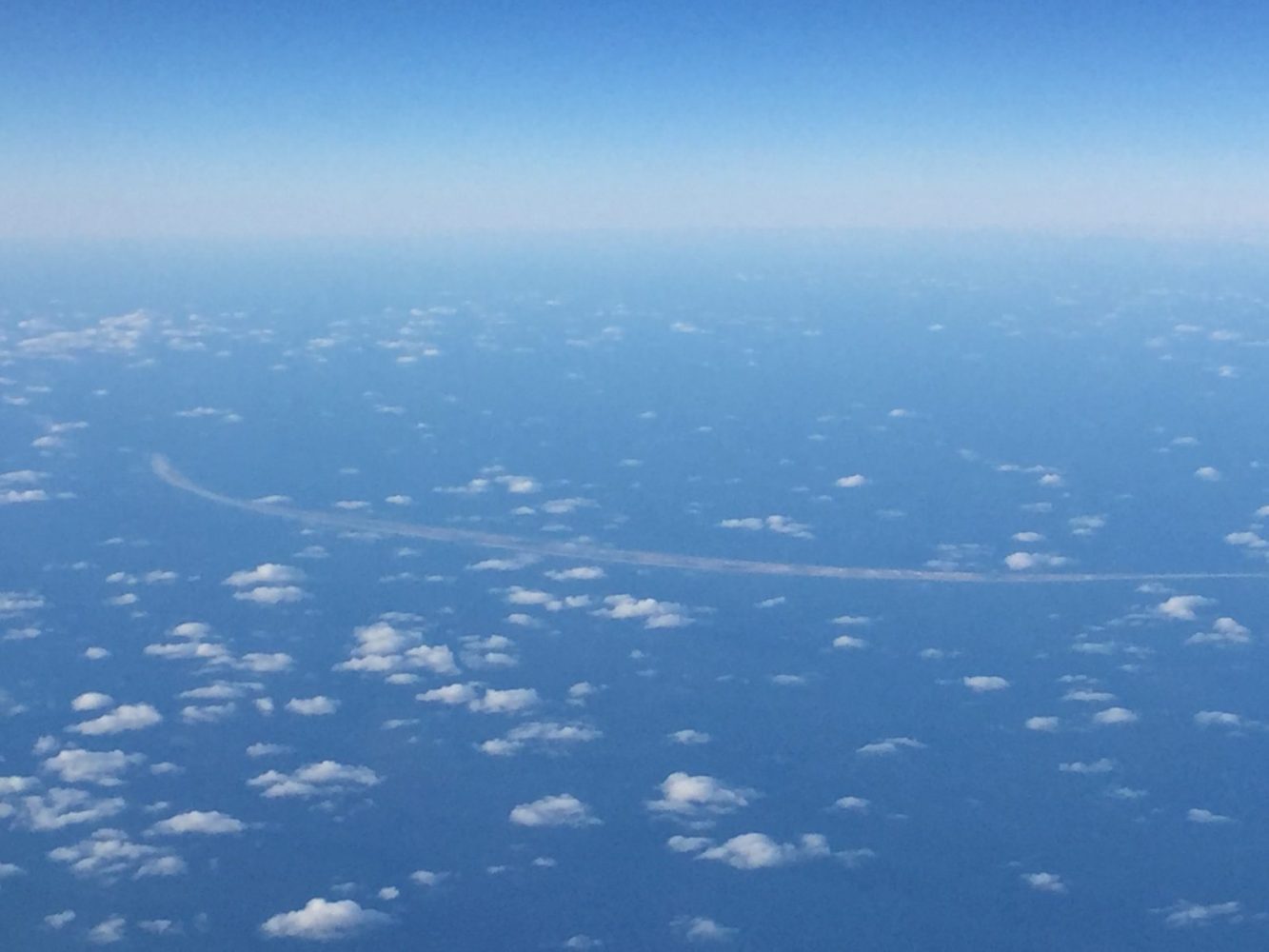Visiting Sable Island: remote and very mysterious
One either wants to go to Sable Island or one has probably never heard of it. Of all of the remote markings with which cartographers embellish their maps, few have the appeal of remote islands and within the family of remote islands, Sable stands head and shoulders above the rest.
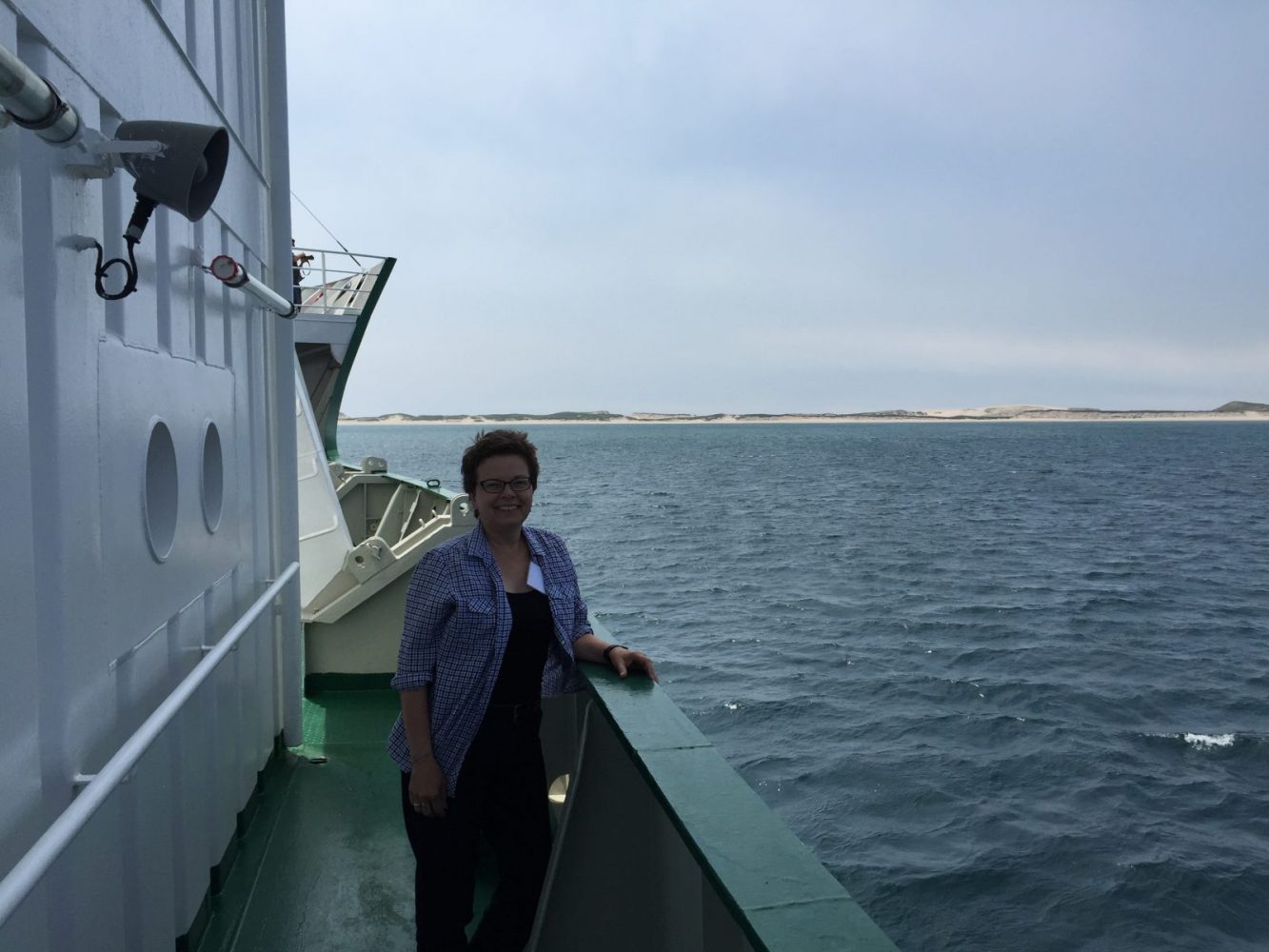
Why, it is difficult to comprehend, but its reputation, its mystery and its isolation all merge to create a fascination that is only hastened as one steams toward this peculiar sand bar.
Sable lies some 150 kilometres to the south of Louisbourg on the Cape Breton Island coast. It is a brief “new moon” of land some forty kilometres long and about one kilometre wide. It is a land of shifting sands, high winds, howling weather and an improbable attraction. It is home to some three to four-hundred wild horses, a population that is unmanaged, which is to say it is left alone. They live and die with the brutality of isolation, and their development and unique characteristics are their attraction; stocky and short with coats that thicken dramatically during the winter, they resemble Spanish horses and reflect their tough island habitat.

They are, it must be said, quite startling, and to the casual observer of horses, as I would consider myself, beautiful in the strength of their personality. They survive in a most inclement environment, and enchant visitors. They live only because of the fresh water on Sable; it is a sand island that is saturated by the sea water and in the small indentations in the centre, fresh water accumulates, and lies on top of the saline water to form fresh water lakes.
These lakes support not only the island’s wildlife, but an extraordinary variety of flora.
Recent surveys show 179 species of flora living on this spit of land. Vivid blue Iris, amber and white orchids, rose hips, pink grasses, cranberries and wild strawberries were only a few of the astonishing variety that lie in the proximity of the lakes.
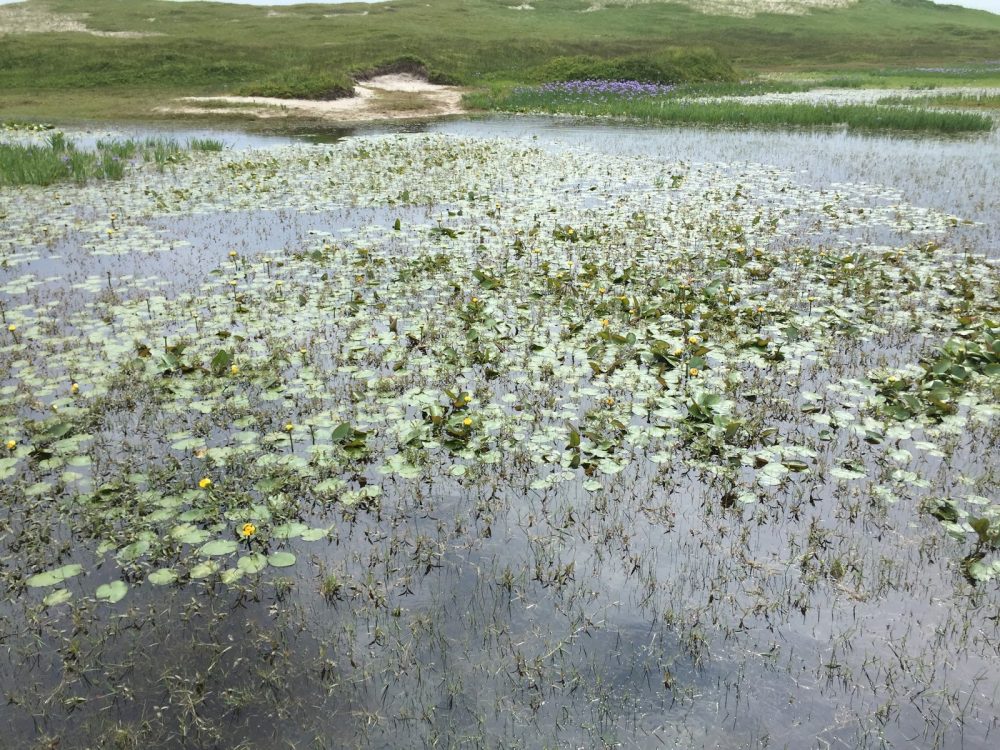
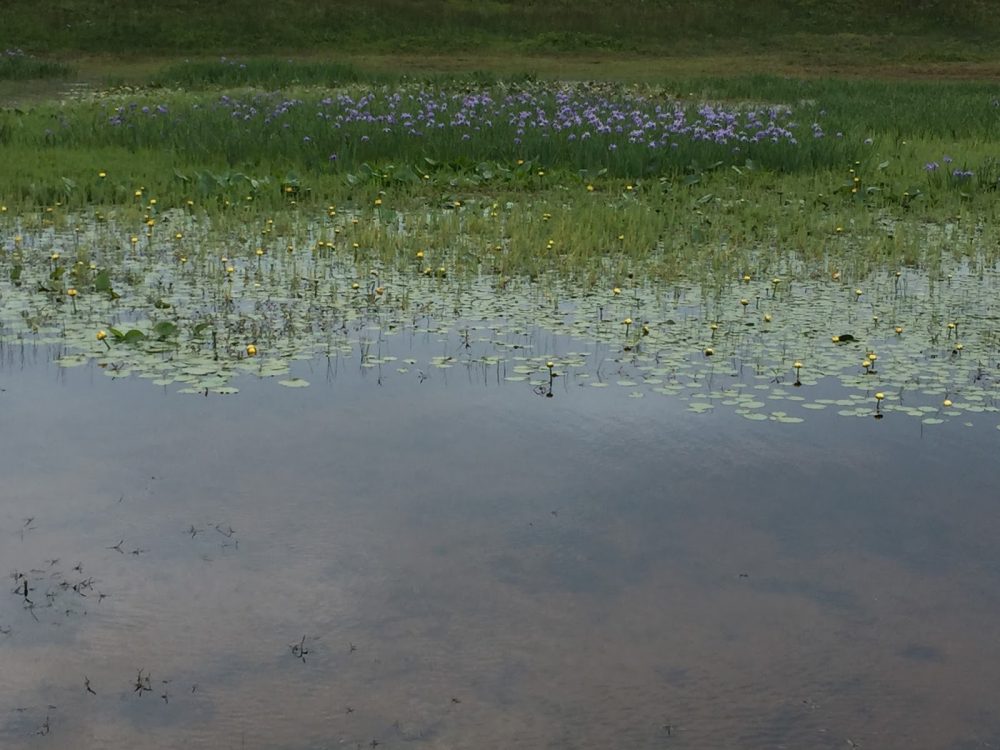
he island is protected; before landing, we cleansed our footwear, picked at our outer clothing for hitch-hiking seeds, and had to declare ourselves “bio-protective” before landing. The needless introduction of foreign plant life is to be avoided at all costs. Access to Sable Island is not straightforward; one can fly or arrive by boat and in either case, the trip has to be approved in advance.
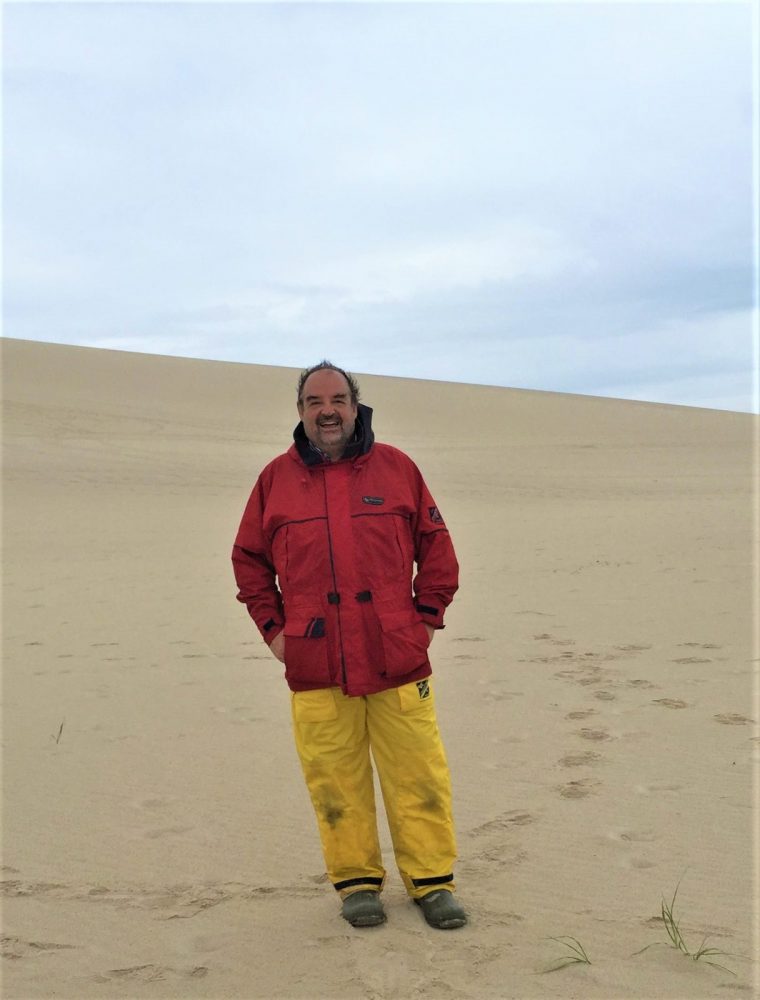
The Akademik Ioffe, chartered by the Canadian-based operator One Ocean Expeditions, set sail from Louisbourg on Cape Breton Island in the early evening for the overnight journey south to Sable. Only about a third of attempted journeys succeed, and although the weather was calm as we left, it can change in a heartbeat.
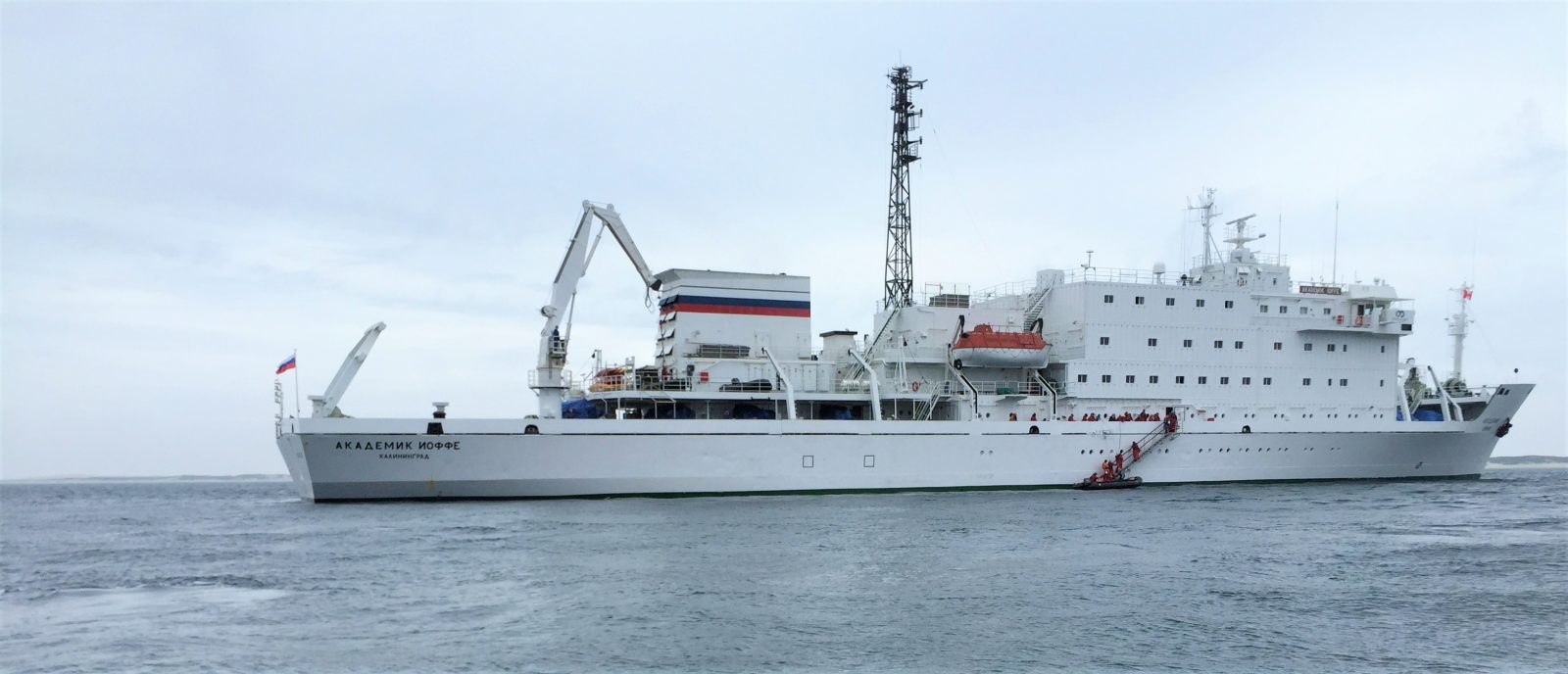
The island lies at the confluence of the Gulf Stream and the Labrador Current, and this unique vantage offers explanations for most of the peculiarities and idiosyncrasies that swirl about it. Flotsam on the south shore, carried north by the Gulf Stream include tropical wood and coconuts, while the refuse that accumulates on the northern shore is usually of a tougher ilk, like fishing tackle and driftwood from capsized trawlers.
The colliding patterns of these two currents form wild and confusing drift patterns around the island, and go some way to explaining why there are the wrecks of over 350 ships on this tiny speck of land.
Landing is by zodiac, and after running up on to the beach and clambering ashore, one is faced with the enormity of the achievement; hardly anyone gets to this small land, and to be one of the few fortunate to be able to land is a very special privilege.
The novelty wears off quickly, however, and once the wrestling with ship’s waterproof clothing is over and the hike begins, the power of sand to suck anything and everything into its orbit becomes apparent.
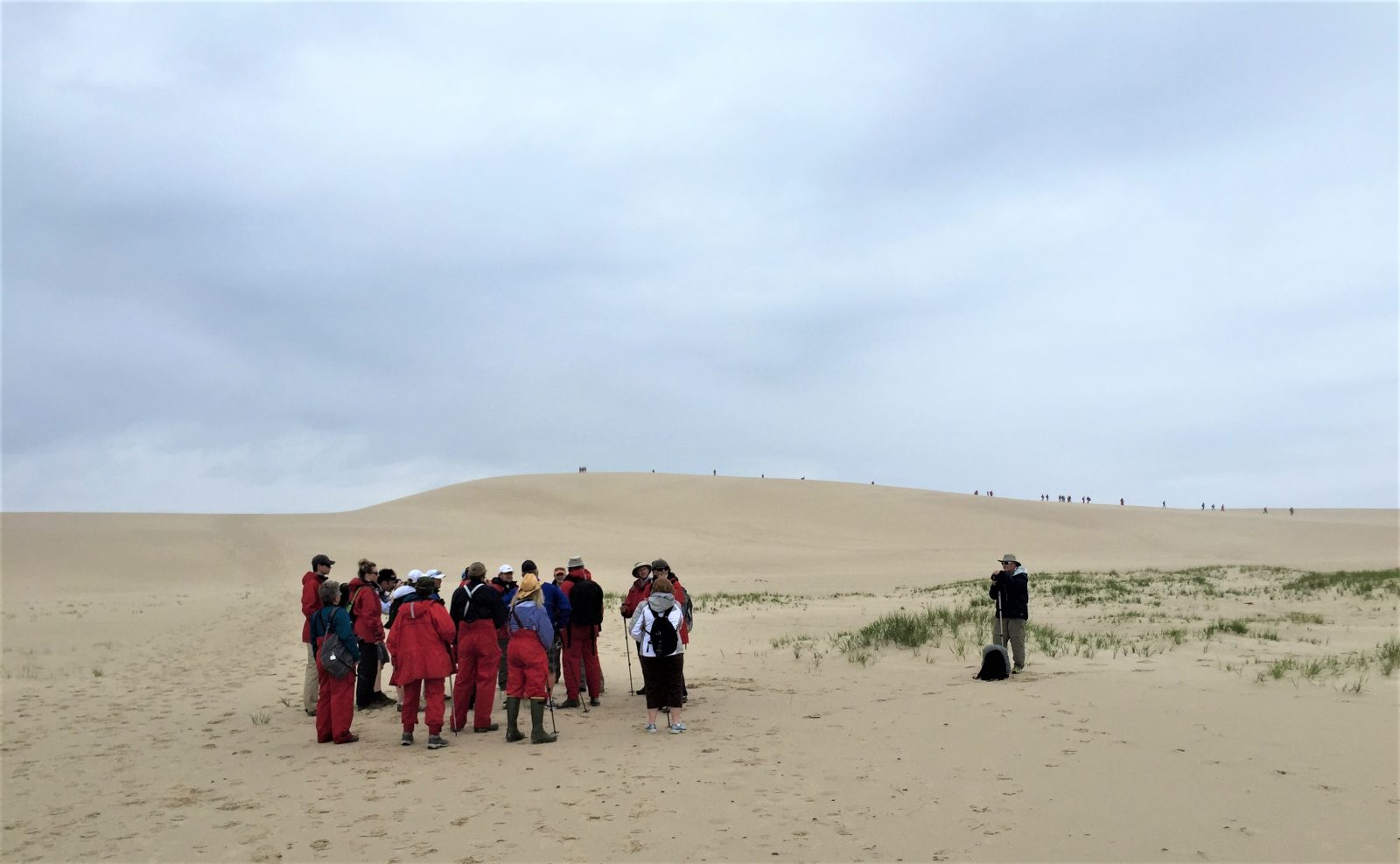
Trudging up to and over the dunes is hard work, and at the beginning, not entirely rewarding; however, after about forty minutes, at the top of Bald Dune a view opens up that stretches the eyeballs and one’s mind.
The almost endless dune, whipped by the southern Gulf current on one side, and the Labrador, calmed by the southerly winds, lapping at the northern, inside beach of the crescent; in front are the ponds and when the sun escapes momentarily from the clouds, the rays reflect the most inspiring palette of colour.
Wild flowers in vivid blues, reds and whites lay against the deep green tufts of grass and the Sable horses munching away completed this unique perspective.
It was a gentle trundle down the dune, more horses, wild strawberries, gasps of amazement and the collective astonishment that we were engaged in one of Canada’s most mysterious and rewarding locations.
Sable is not a simple destination; it takes work, planning and a great deal of fortune. Southerly winds are the island’s visitors’ friends, and last Wednesday they were blowing our way.
As a curious postscript, several months later I flew from Barcelona to New York, and almost directly overhead Sable Island
